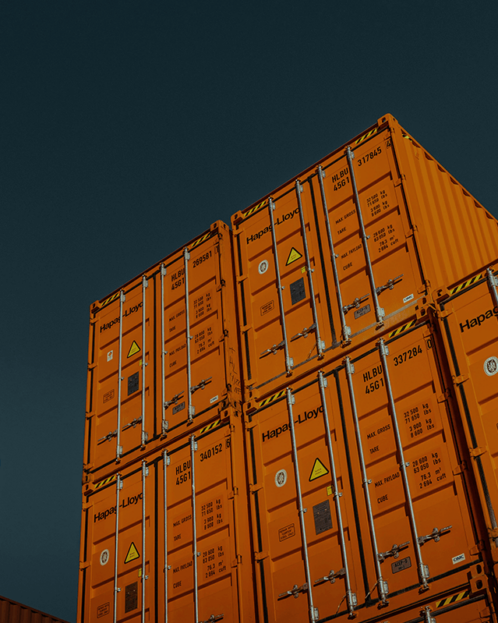01 May 2020
Electric buses need the right energy mix to be a viable green alternative
Global warming is leading to wider temperature fluctuations, rising sea levels, more frequent extreme weather events, and oceans that are warming and acidifying among other environmental impacts. In 2015, 152 million tones of carbon-dioxide-equivalent (CO2-e) greenhouse gases were emitted in Queensland. For perspective, if Queensland was its own country this figure would place it in the top 20% of countries worldwide and is roughly equivalent to the total CO2-e absorbed by 3.9 billion mature trees in a year.
The largest man-made cause of this warming is greenhouse gas emissions, stemming from activities such as energy production, transportation and agriculture. In recent times, it has become commonplace for governments worldwide to encourage citizens to make choices to abate these emissions, and the Queensland Government is no exception – devoting millions of dollars in resources to the fight against climate change.
The transport industry contributes approximately 18% of total CO2-e emissions in Australia. It is well documented that burning fossil fuels for use in vehicles is carbon intensive. Forecasts of direct greenhouse gas emissions for Australian road transport estimate that buses alone could account for over 1,600 gigagrams (or 1.6 million metric tonnes) of CO2 equivalent emissions by 2020.
Seems like a problem, right?
The obvious solution to help reduce transport related carbon emissions is to use a different energy source, namely electricity. By 2019, 17 percent of the world’s bus fleet was, reportedly, fully electric. The use of electricity removes tailpipe emissions, which should be better than using petrol. With the use of electric vehicles becoming increasingly popular as a low emissions alternative to traditional combustion engine vehicles, there are potential environmental benefits of transitioning the Brisbane City Council’s existing bus fleet from mostly diesel powered to fully electric.
But in Queensland’s case, the comparison is not that simple.
Due to Queensland’s high dependence on non-renewable sources for electricity generation (mainly coal), the stationary energy sector is the largest source of emissions in Queensland, historically being responsible for around 40-50% of total emissions. This shifts the typical perception of electric vehicles. Electric vehicles are not emission free; rather, their reliance on electricity means their emissions align to the power used for charging. In Queensland, almost 80% of electricity is sourced from coal. This means the comparison between electric vehicles and the existing vehicle fleet in Queensland is essentially a comparison between coal power and petrol power.
So, what is better; coal or petrol?
To answer this question, we analysed the difference in lifecycle emissions, reviewing existing literature to arrive at consolidated estimates of the incremental environmental impact in each emissions-generating phase of the vehicle’s life.
The analysis of electric buses requires more than just a comparison of tailpipe emissions and electricity production emissions. The whole-of-life emissions must be considered for both conventional buses and electric buses, including extraction and production of energy, use of vehicle and the end of life disposal processes. Specifically, the lifecycle emissions of an electric vehicle in the Brisbane Bus Network was compared to the existing conventional buses to allow a direct comparison. This includes emissions across extraction and production, the use phase and end-of-life processes. Considerations for the lead acid battery and lithium-ion battery manufacturing processes, fuel production and use versus electricity production, charging infrastructure compared to re-fuelling infrastructure and the end of life activities such as disposal or recycling.
The internal combustion engine bus outperforms the electric bus in all categories assuming the existing energy generation mix in Queensland, delivering lower carbon emissions. The two largest contributors to the carbon emissions of the vehicle are those from battery production and those from the use phase of the bus, indicating that improvements on these areas should be the focus if electric buses are to become a viable alternative.
If electric buses were to be run in Brisbane today, they would emit more carbon emissions than conventional buses. This is driven largely by electricity production in Queensland being heavily reliant on coal which, when compared to fuels used in transportation, leads to more carbon in the atmosphere. If this remains unchanged, the future for electric buses is not bright, unless technologies change dramatically.
The impact of a changing energy mix
However, it is not the end of the road for electric buses. The 2030 emissions target makes electric buses significantly more attractive. If the Queensland Government and energy providers can shift the electricity production landscape to focus more on renewables, there is the potential for electric vehicles and, specifically, electric buses to materially impact emissions. Further, the state’s electric vehicle and renewable energy strategies need to be considered in parallel. While the Queensland Government’s Electric Vehicle Strategy discusses the importance of renewable energy in making electric vehicles more attractive, it does not highlight how central the renewable energy strategy is to this technology advancing. Without investment in renewable energy, the initiatives under the electric vehicle strategy are wasted energy.
Of course, changes to the electricity grid, while essential from an environmental standpoint, are not the only important consideration if the Brisbane bus network was to transition to fully electric. There are other potential benefits from transitioning to electric buses including less noise and vibration. However, if the transition to electric buses is purely for environmental reasons, then the energy generation industry in Queensland will need to transition first.
This research was presented at the 2019 Australasian Transportation Research Forum in Canberra
Connect with our team
Contact




 Discover more Insights
Discover more Insights